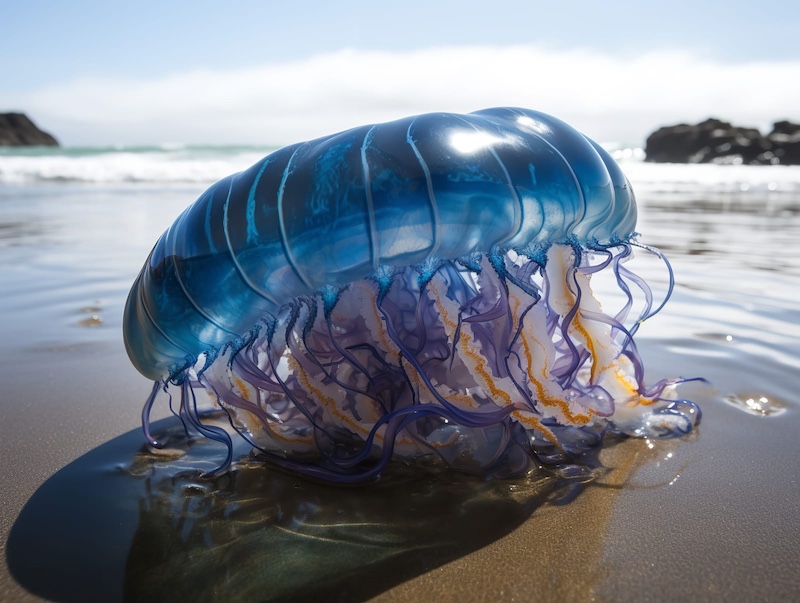The ocean is home to some of the most awe-inspiring and terrifying creatures on Earth. While many marine animals are harmless to humans, others are known for their potent venom, razor-sharp teeth, or aggressive behavior. Here are some of the deadliest ocean animals, ranked from least to most dangerous, based on fatalities, venom toxicity, and likelihood of human encounters.
Blue-Ringed Octopus
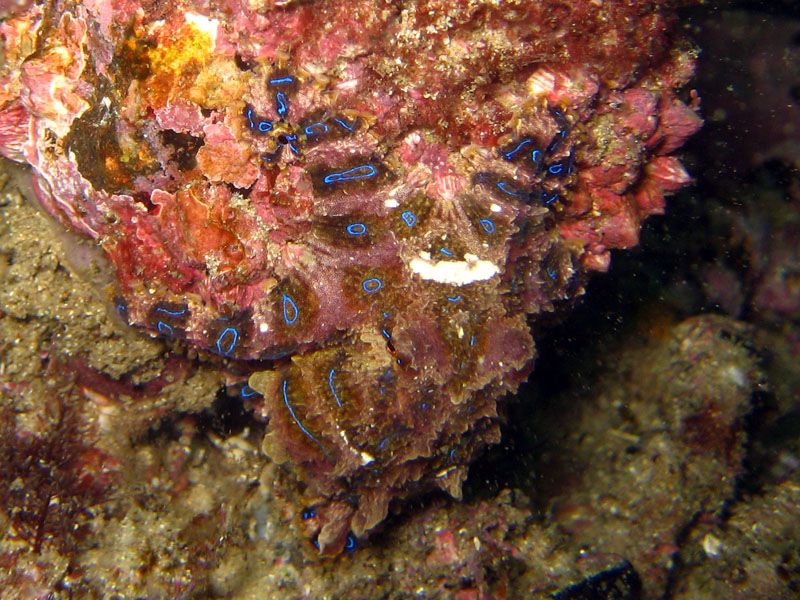
Don’t be fooled by its small size and vibrant rings—this tiny octopus, found in the Pacific and Indian Oceans, carries venom powerful enough to kill 26 adult humans in minutes. Its saliva contains tetrodotoxin, a neurotoxin that causes paralysis and respiratory failure.
- No antivenom exists
- Victims may appear dead but remain conscious
- Responsible for several documented fatalities
Cone Snail
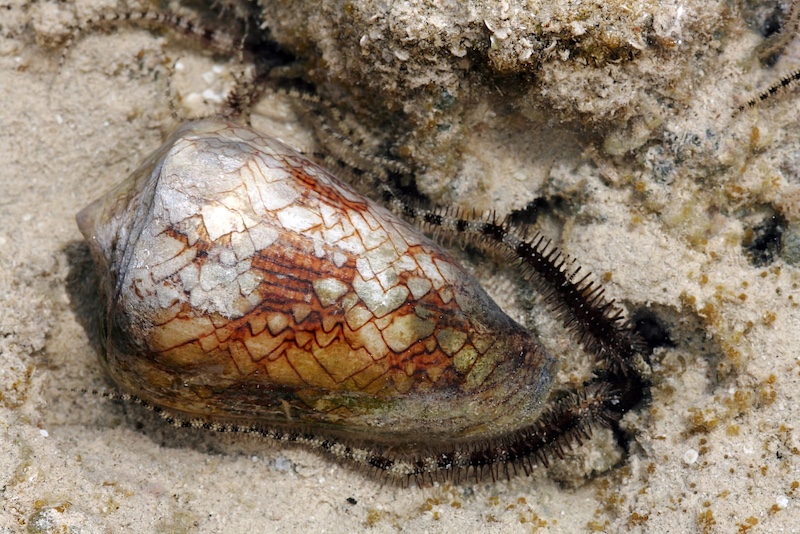
The cone snail is a slow-moving mollusk that delivers an incredibly fast-acting and deadly venom through a harpoon-like tooth. Found in warm tropical waters, its sting is often painless at first, making it even more dangerous.
- Venom can cause paralysis, respiratory failure, and death
- Up to 30 human fatalities have been reported
- No antidote is currently available
Stonefish
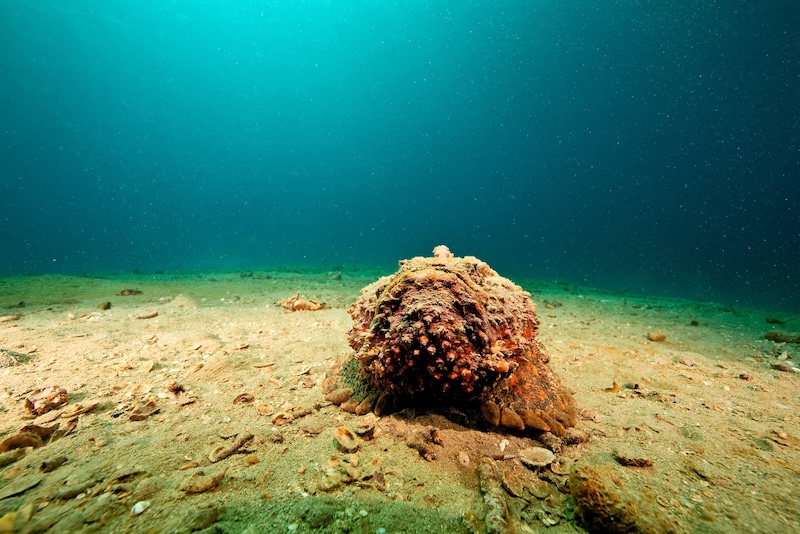
The stonefish is the most venomous fish in the world. It hides in plain sight, camouflaged among rocks and coral, and strikes when stepped on. Found in the Indo-Pacific region, its dorsal spines inject a powerful toxin.
- Venom causes intense pain, swelling, and tissue death
- Can be fatal within hours without treatment
- Estimated 1,200 stings occur annually in Australia alone
Sea Snakes
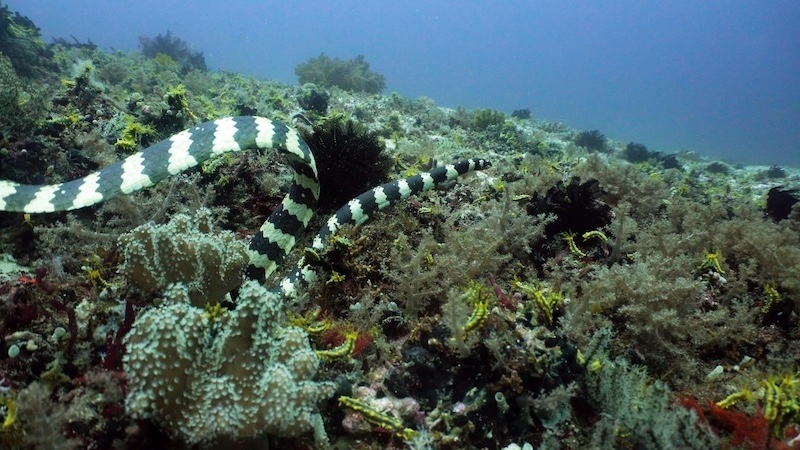
Sea snakes, especially those in the Hydrophiinae subfamily, have venom that is up to 10 times more toxic than that of a cobra. Fortunately, they are generally shy and rarely bite humans unprovoked.
- Found in warm coastal waters of the Indian and Pacific Oceans
- Estimated to cause dozens of deaths annually
- Antivenom is effective but access may be limited in remote areas
Great White Shark
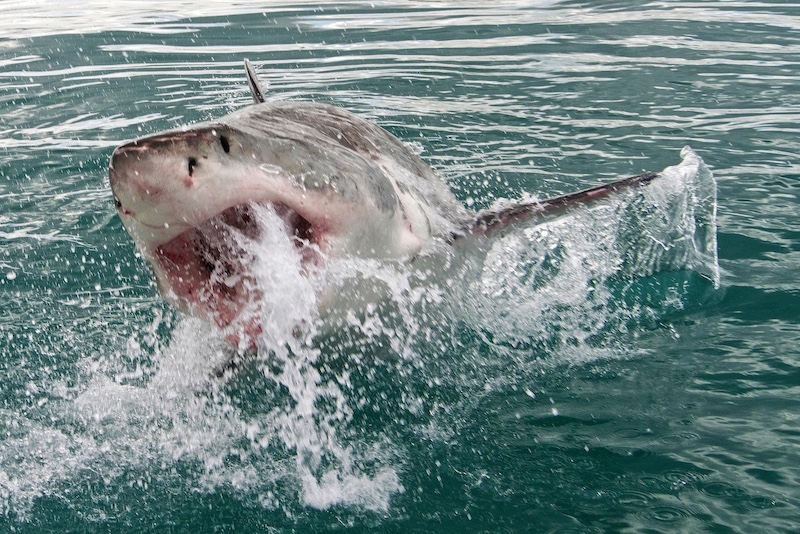
Thanks to movies like Jaws, the great white shark is perhaps the most infamous ocean predator. While shark attacks are rare, great whites are responsible for the most unprovoked fatal attacks on humans.
- Average of 5–10 fatalities from shark attacks worldwide per year
- Great whites account for more than 300 unprovoked attacks since 1580
- Capable of detecting blood from miles away
Portuguese Man o’ War
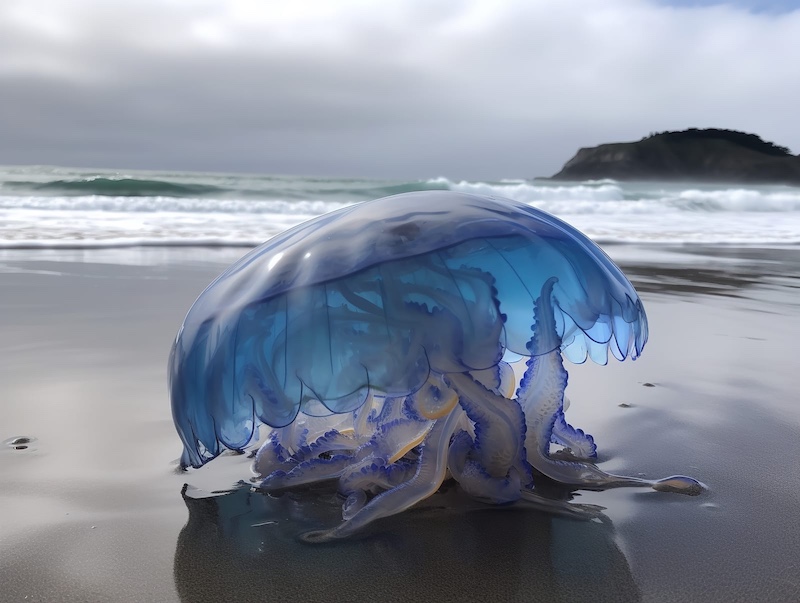
Often mistaken for a jellyfish, the Portuguese man o’ war is actually a siphonophore—a colony of genetically identical organisms. Its long tentacles deliver venom that causes excruciating pain and, in rare cases, death.
- Tentacles can stretch up to 165 feet
- Stings can cause cardiac distress and respiratory problems
- Responsible for multiple fatalities over the years, especially in tropical regions
Saltwater Crocodile
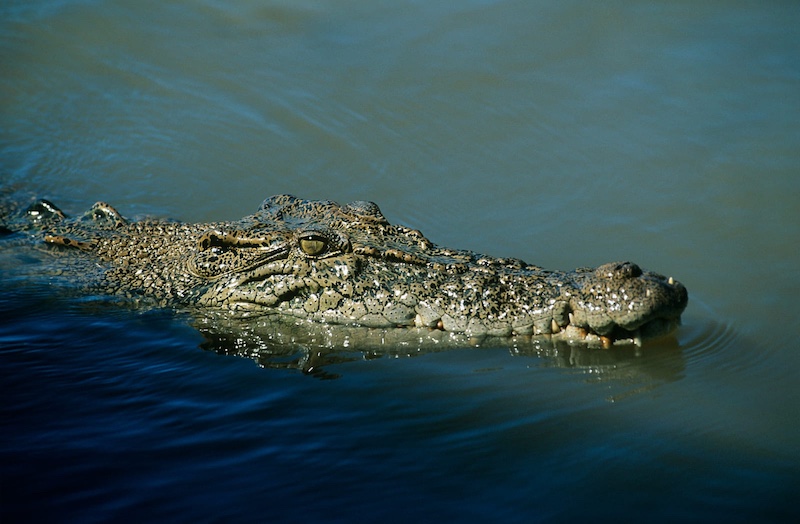
Although technically an amphibious predator, the saltwater crocodile (Crocodylus porosus) deserves a place on this list due to its deadly presence in coastal marine environments and estuaries. It is the largest living reptile and a top predator.
- Can grow over 23 feet long and weigh over 2,200 pounds
- Known to kill an estimated 1,000 people annually across its range
- Lightning-fast ambush predator
Box Jellyfish
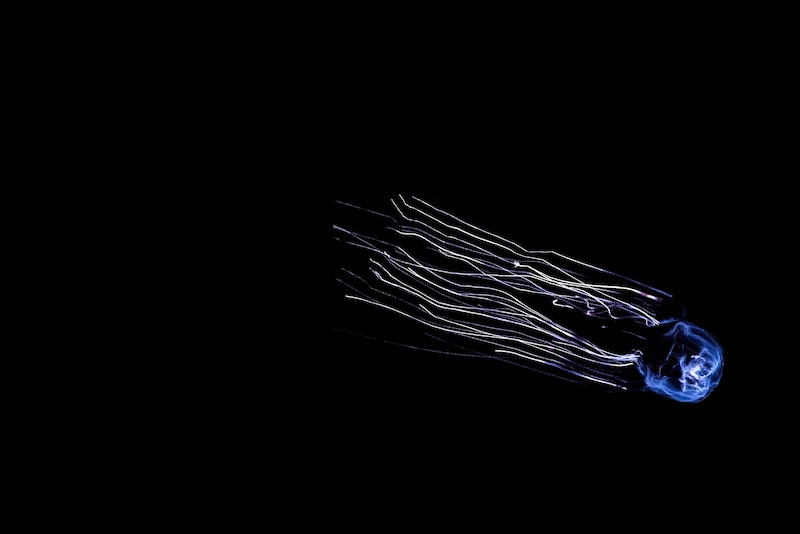
The Australian box jellyfish (Chironex fleckeri) is widely considered the most venomous marine animal. Its transparent body makes it nearly invisible in the water, and its tentacles can kill a person in under five minutes.
- Each tentacle is lined with thousands of nematocysts that fire venom on contact
- Responsible for over 70 known human deaths in Australia alone
- Victims suffer cardiac arrest, paralysis, and severe pain
- Please Note: This content was created with the assistance of AI and thoroughly edited by a human before publishing.

